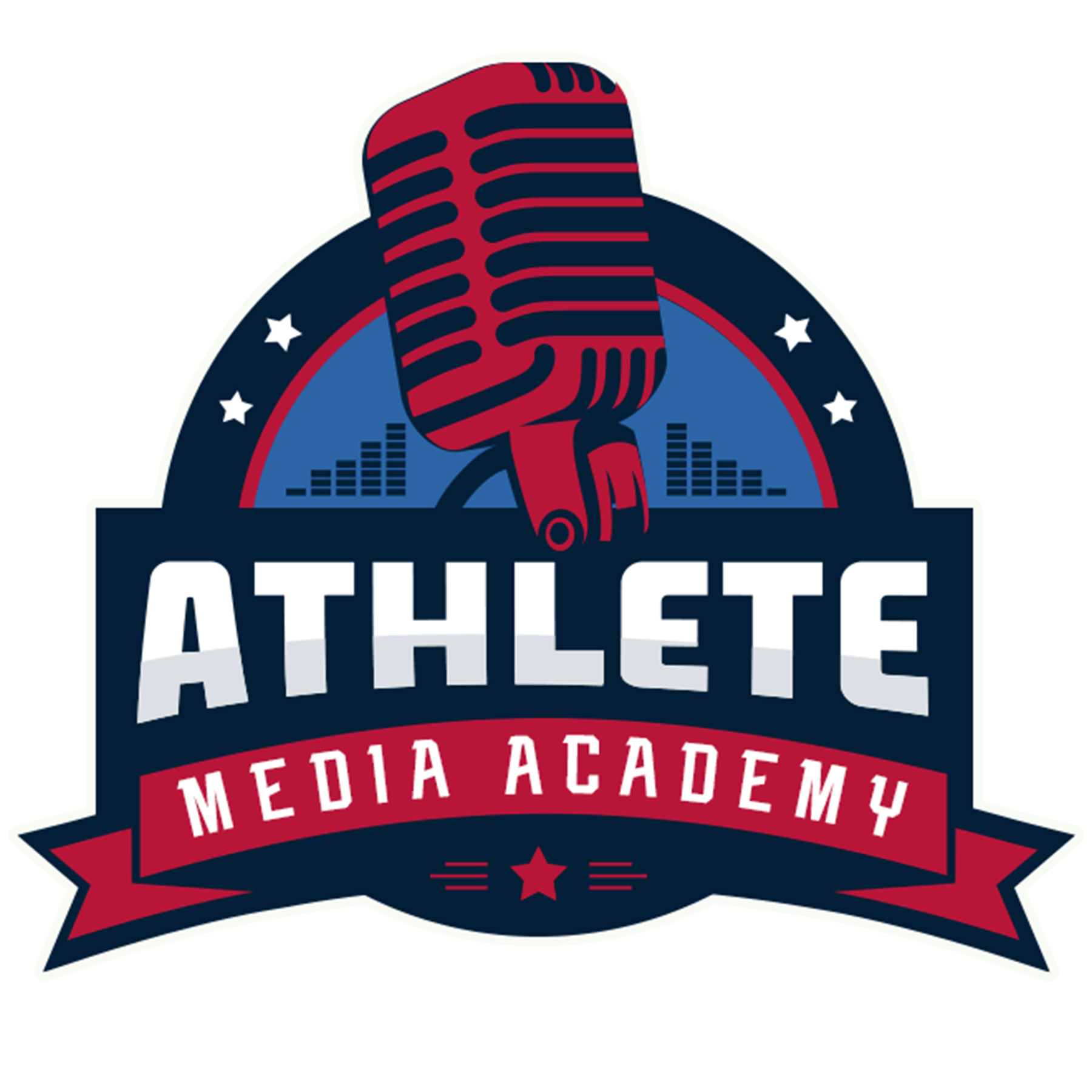Section 1, Lesson 2 – Why Personal Branding Matters for Athletes
Lesson Overview
Athletes today are more than competitors—they are public figures with platforms that extend beyond their sport. Personal branding is no longer optional; it is a necessity for shaping opportunities, maintaining public perception, and ensuring career longevity. This lesson explores why personal branding is critical for athletes and how it impacts their professional and personal growth.
Learning Objectives
By the end of this lesson, athletes will be able to:
✅ Understand how personal branding impacts career success and opportunities.
✅ Identify the key benefits of developing a strong personal brand.
✅ Recognize how an intentional brand strategy can influence endorsements, media presence, and public trust.
✅ Differentiate between athletes who actively manage their brands and those who allow others to define them.
Section 1: The Importance of Personal Branding for Athletes
Personal branding is not just about recognition, it is about influence, reputation, and opportunity. Athletes who fail to manage their brand risk losing control over how they are perceived by the public, media, and sponsors.
✔️ Expanding Career Opportunities: Athletes with a clear, well-defined brand position themselves for opportunities beyond sports, such as media roles, coaching, or entrepreneurship.
✔️ Attracting Sponsorships & Partnerships: Companies invest in athletes who represent their values and can serve as credible ambassadors for their brand.
✔️ Shaping Public Perception: A proactive brand strategy ensures that an athlete’s narrative is shaped intentionally rather than left to external influences.
Section 2: The Business of Branding
Athletes are not just competitors—they are personal brands in a billion-dollar sports industry.
✔️ Endorsements & Sponsorships: Companies align with athletes who have a strong, positive brand identity.
✔️ Post-Career Marketability: A well-crafted brand allows athletes to stay relevant in broadcasting, business, or coaching after retirement.
✔️ Monetization & NIL (Name, Image, and Likeness): With new opportunities in athlete branding, players can profit from their identity while still competing.
Section 3: The Influence of Media & Social Perception
An athlete’s brand is not just built by their actions—it is shaped by how they engage with the media and their audience.
✔️ Media Coverage: The media plays a significant role in shaping public perception. A strong brand ensures athletes control their own narrative.
✔️ Social Media Impact: Every post, tweet, and video contributes to an athlete’s image. A brand strategy ensures consistency across platforms.
✔️ Authenticity & Trust: Fans, sponsors, and the media value athletes who stay true to their values and present themselves consistently.
Section 4: Controlling Your Own Narrative
Athletes who do not take control of their brand risk having it shaped by others—media, fans, or critics.
✔️ Proactive vs. Reactive Branding: Athletes must actively build and reinforce their brand instead of reacting to external forces.
✔️ Consistency is Key: Branding is a long-term commitment, and every media interaction, post, and statement must align with the athlete’s brand identity.
✔️ Turning Challenges into Opportunities: Even in moments of controversy, a well-managed brand can turn setbacks into positive moments for growth.
🔹 Exercise: Reflect on your current public perception and outline strategies to ensure your brand remains aligned with your values and goals.
Final Takeaways & Next Steps
✔️ Key Takeaway: An athlete’s personal brand is a valuable asset—it must be nurtured, protected, and strategically developed to ensure success both on and off the field.
✅ Next Steps:
- Identify an athlete whose personal brand you admire. Analyze their strategy and what makes it effective.
- Evaluate your current brand and outline one step you can take this week to strengthen it.

